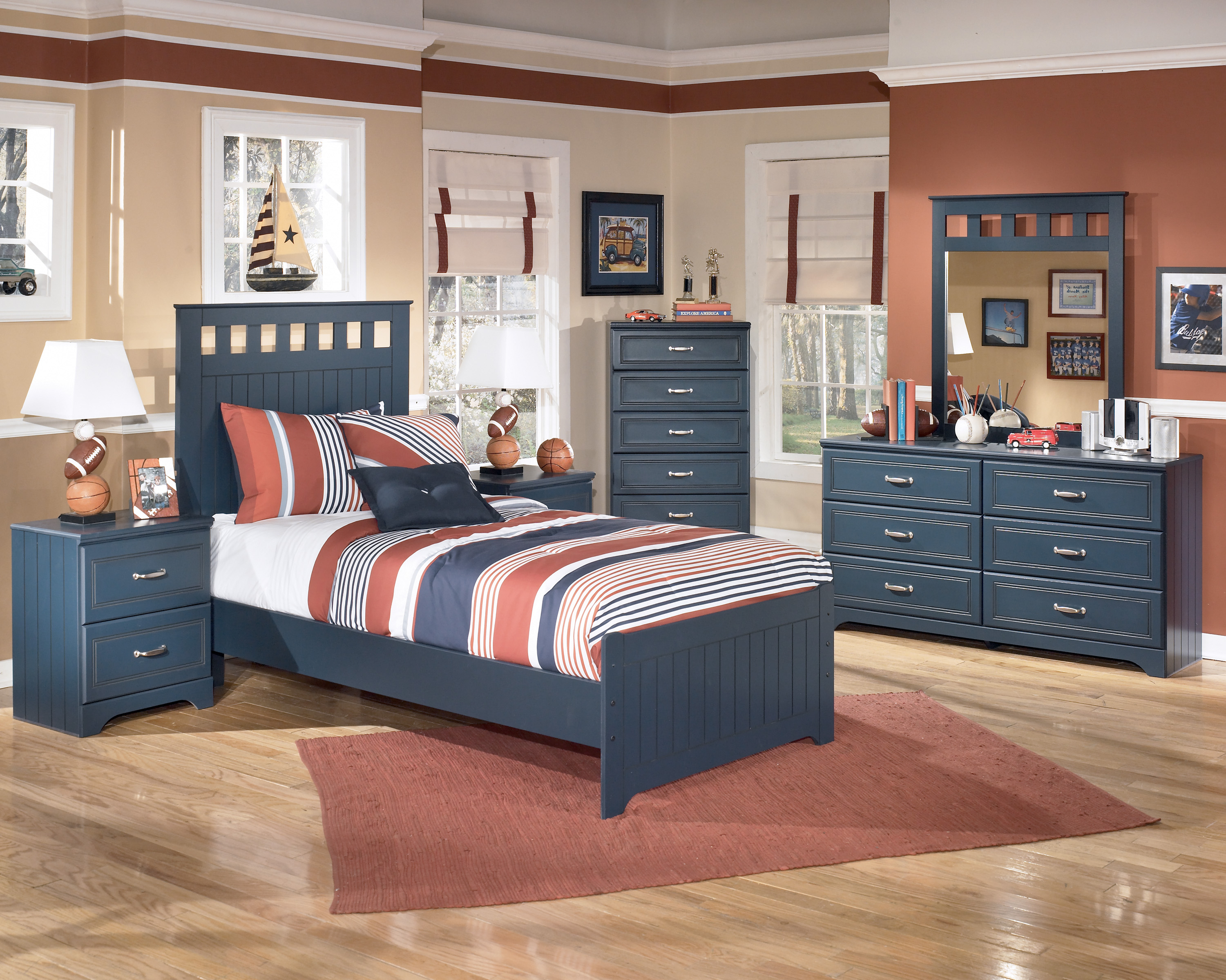The Allure of Solid Wood for Children’s Furniture

Solid wood furniture is a timeless choice for children’s bedrooms, offering a unique blend of durability, longevity, and safety. Unlike particleboard or MDF, solid wood is a natural material that ages gracefully and can be passed down through generations.
Durability and Longevity
Solid wood furniture is renowned for its resilience and long lifespan. It can withstand the wear and tear of active children and remain in good condition for years to come. This is due to the inherent strength and stability of the wood, which makes it less prone to warping, cracking, or breaking. Unlike particleboard or MDF, solid wood furniture can be repaired and refinished, extending its lifespan even further.
Designing for the Young Imagination: Children’s Solid Wood Bedroom Furniture

A child’s bedroom is more than just a place to sleep; it’s a world of imagination and creativity. It’s where dreams are born, adventures are planned, and personalities blossom. Designing a child’s bedroom with solid wood furniture is a great way to create a space that’s both beautiful and functional, while also nurturing their imagination.
Choosing the Right Style
Selecting the right style for a child’s bedroom is crucial in reflecting their unique personality and fostering their imagination. Consider their age, gender, and personal preferences.
- Age: A toddler’s bedroom might benefit from bright colors and playful designs, while a teenager’s room might lean towards more mature and sophisticated styles.
- Gender: While it’s important to avoid gender stereotypes, traditional “boy” and “girl” colors and themes can be incorporated into the design.
- Personal Preferences: Talk to your child about their favorite colors, characters, and activities. Let them be involved in the design process to create a space they truly love.
Style Inspiration for a Child’s Bedroom
The following table provides a comprehensive guide on choosing the right style for a child’s bedroom, considering various aspects like age, gender, and personal preferences. Each style offers a unique approach to designing a space that stimulates imagination and fosters creativity.
| Style | Furniture | Color Palette | Decor Elements |
|---|---|---|---|
| Classic |
|
|
|
| Modern |
|
|
|
| Rustic |
|
|
|
| Whimsical |
|
|
|
Creating a Safe and Functional Space

A child’s bedroom should be a haven of comfort and safety, a place where they can play, learn, and rest. Solid wood furniture, with its natural beauty and durability, can be a perfect foundation for creating such a space. However, ensuring the safety of your little ones is paramount, and selecting the right furniture pieces is key to creating a functional and secure environment.
Safety Features to Consider, Children’s solid wood bedroom furniture
Safety should be the top priority when choosing furniture for a child’s room. Solid wood, while inherently sturdy, requires careful consideration of certain safety features.
- Rounded Edges: Sharp edges can be hazardous for children, especially toddlers who are still exploring their surroundings. Look for furniture with rounded edges and corners to minimize the risk of bumps and bruises. This is especially important for tables, desks, and dressers, where children are likely to interact physically.
- Sturdy Construction: Solid wood furniture should be built to withstand the wear and tear of active children. Check for sturdy joints, strong legs, and a stable base. Avoid furniture that feels wobbly or unstable, as it could pose a risk of tipping or collapsing.
- Non-Toxic Finishes: Solid wood furniture often requires finishing to protect the wood and enhance its appearance. Choose furniture with non-toxic finishes that are safe for children. Look for finishes that are certified as lead-free and VOC-free.
Choosing the Right Size and Scale
Furniture should be appropriately sized and scaled to suit a child’s needs and comfort.
- Height and Reach: Choose furniture that is at a comfortable height for your child to use. A bed that is too high or a desk that is too low can make it difficult for them to reach and use comfortably. Consider their age and height when making these decisions.
- Scale and Proportion: Furniture should be scaled appropriately to the size of the room and the child. Oversized furniture can make a small room feel cramped, while undersized furniture can look lost in a larger space. Ensure the furniture pieces are proportionate to the room’s dimensions.
Essential Furniture Pieces
A well-equipped child’s bedroom should include a few essential furniture pieces that cater to various needs.
- Bed: The bed is the central piece of furniture in a child’s room. Choose a bed that is the right size for your child and offers a comfortable and safe sleeping space. Consider a bed frame with sturdy slats or a solid base to ensure proper support.
- Storage Solutions: Children often have a lot of toys, clothes, and books. Provide ample storage solutions, such as drawers, shelves, or a wardrobe, to keep their belongings organized and tidy.
- Desk or Table: A desk or table provides a dedicated space for studying, playing, or crafting. Choose a sturdy and comfortable desk or table that is the right height for your child.
- Chair: A comfortable and supportive chair is essential for studying, playing, or reading. Choose a chair that is the right height for your child and provides good back support.
